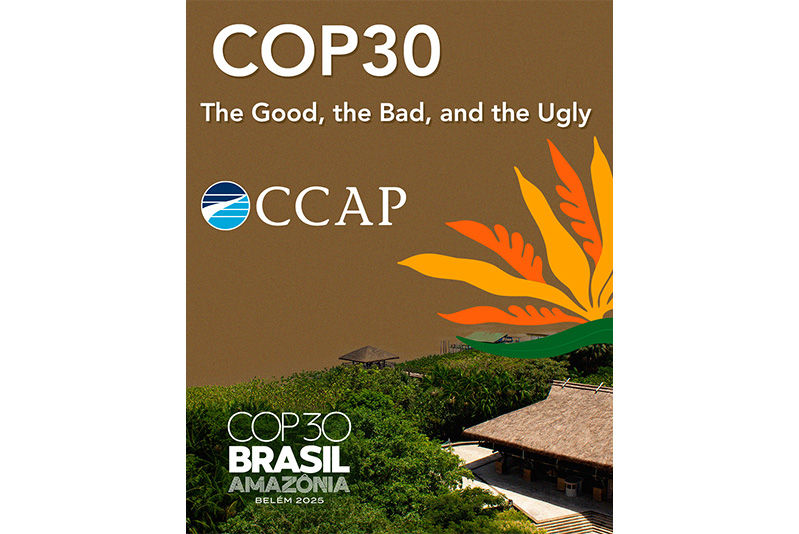You’ve Got to Spend Money to Spend Money
- Paolo Cozzi
- Jun 9, 2016
- 2 min read
There is an old adage in business: “you’ve got to spend money to make money,” referring to the need to invest if you want to make a return. Climate Finance is simultaneously similar to, and dramatically different from, business. As participants saw at CCAP’s recent Climate Finance Forum, held in Bonn, Germany in May 2016, sometimes “you’ve got to spend money to spend money.”
Experience with climate finance shows us that, while many countries are enthusiastic about putting forward proposals for climate change mitigation and adaptation, many such proposals do not yet meet donors’ definition of “implementation-ready,” making it difficult for climate finance institutions to spend money in such a way that satisfies their mandate of producing transformational change. This is not surprising – while preparatory support has long been available, finance for broad, transformational sectoral mitigation programs has principally become available in recent years, starting with the pioneering NAMA Facility, which has been a pioneering institution in the implementation of supported NAMAs, but was never intended to satisfy all of the demand for transformative projects. As Bill Tyndall, CEO of CCAP said in his opening remarks at the Climate Finance Forum, transformational change takes time and the sooner we get started the sooner we will get there. By using finance catalytically, he said, funders can accelerate the spread of advanced, proven low carbon technologies in energy and other carbon intensive sectors.
Luckily, there are solutions. The GCF represents a new, larger source of climate finance, with a mandate to achieve transformational change, and goals to start moving finance quickly. In a recent submission, CCAP identified ways to structure the project approval process to more effectively support transformational projects and programs. Additionally, the GCF has two potentially extremely powerful tools in the readiness program and project preparation facility. If well-funded and easy to use, these tools can help catalyze the development of a strong pipeline of potential projects. CCAP’s Director of International Policy Analysis, Laurence Blandford, proposed at the Finance Forum to “invest 5 percent of the initial GCF $10 billion capitalization in easy-to-access readiness funding to ensure that the 95% remaining is delivered to high-quality country driven proposals that are anchored in INDCs.”
Similarly, Developing Country Participants showed that they are willing to put in the effort to identify opportunities to use international support catalytically and transition their economies, but will require support to do so, and some level of confidence that these efforts will produce real results, and not just another unread report. Ousseynou Nakoulima, Director of Country Programming at the Green Climate Fund actively engaged with all developing country participants at the Climate Forum and provided feedback on their NAMA project proposals. The GCF is committed to helping countries convert their INDCs into concrete action on the ground.
The first years of the GCF’s operation will set a precedent for how it goes about achieving transformational change. By spending money now on readiness, investment strategies, and strengthening the project pipeline, it can spend money more effectively in the years to come.




شيخ روحاني
رقم شيخ روحاني
الشيخ الروحاني
الشيخ الروحاني
شيخ روحاني سعودي
رقم شيخ روحاني
شيخ روحاني مضمون
Berlinintim
Berlin Intim
جلب الحبيب
https://www.eljnoub.com/
https://hurenberlin.com/